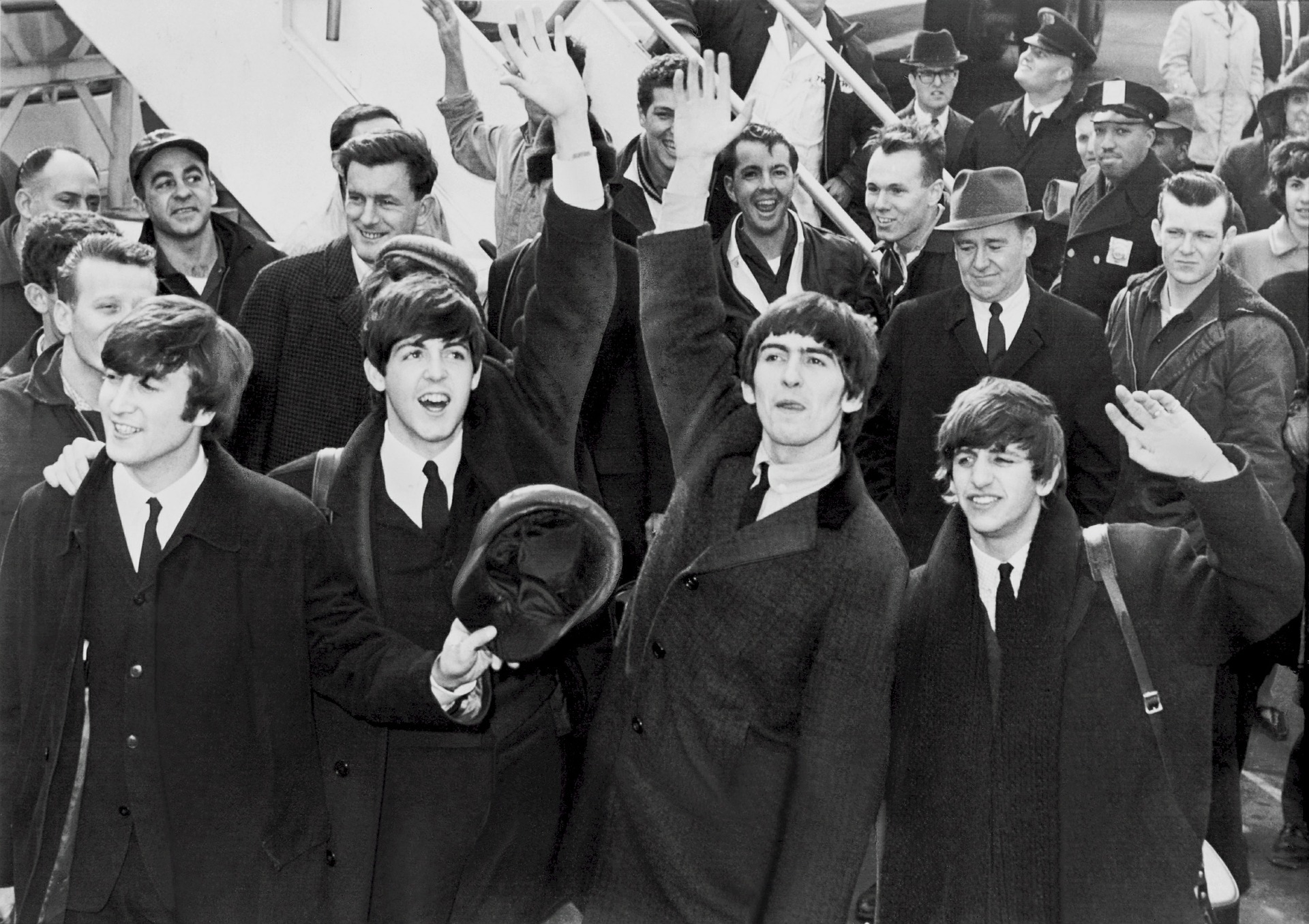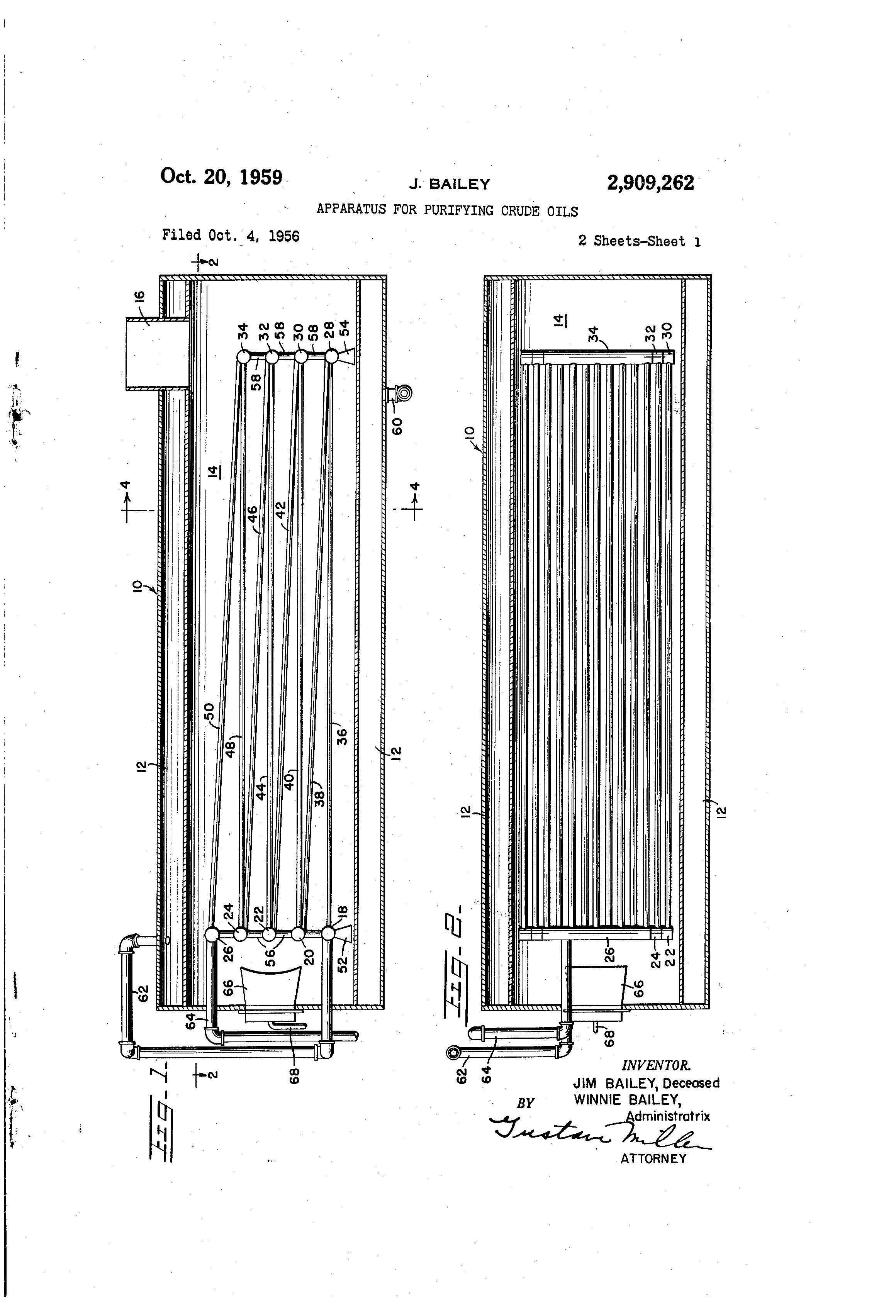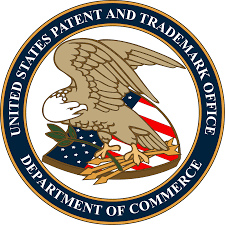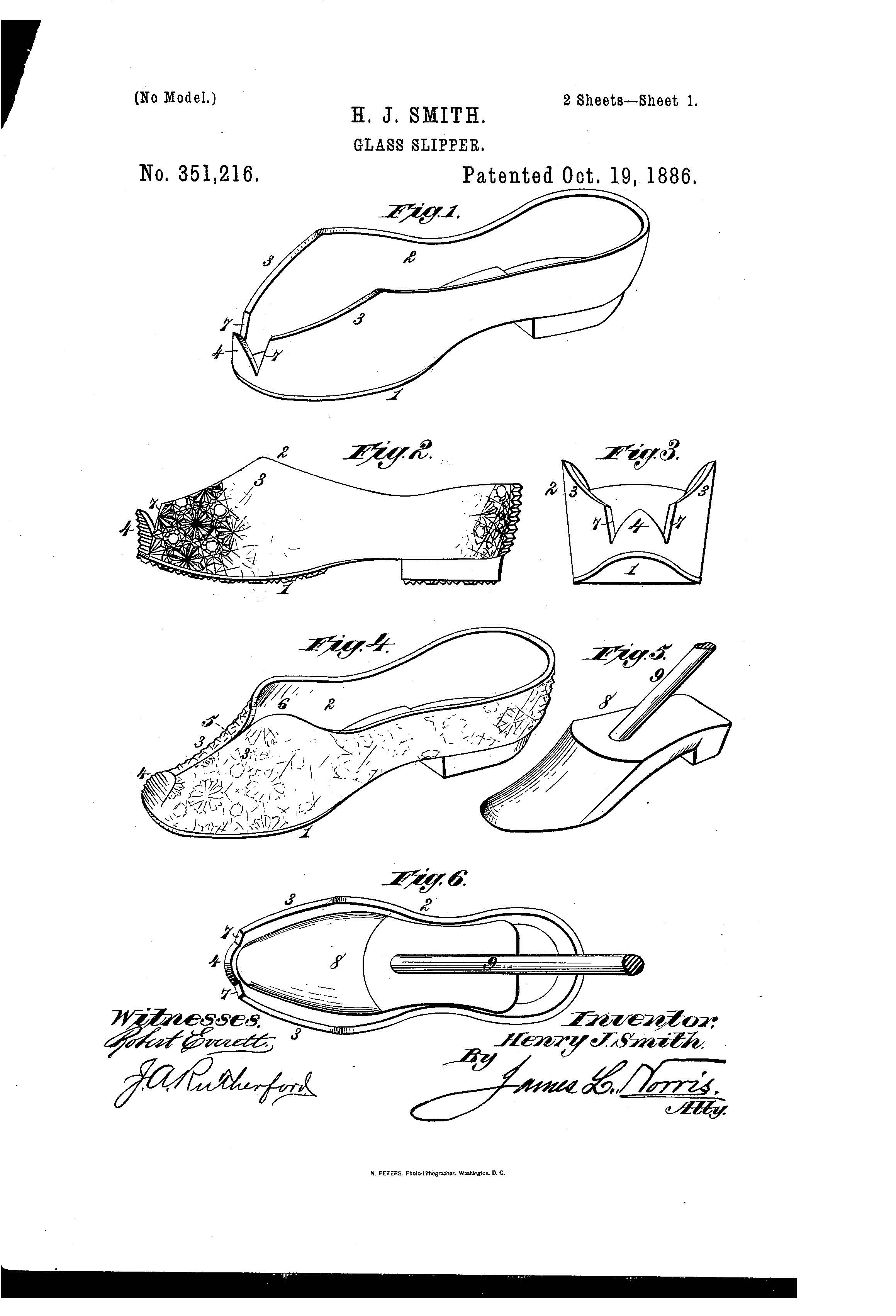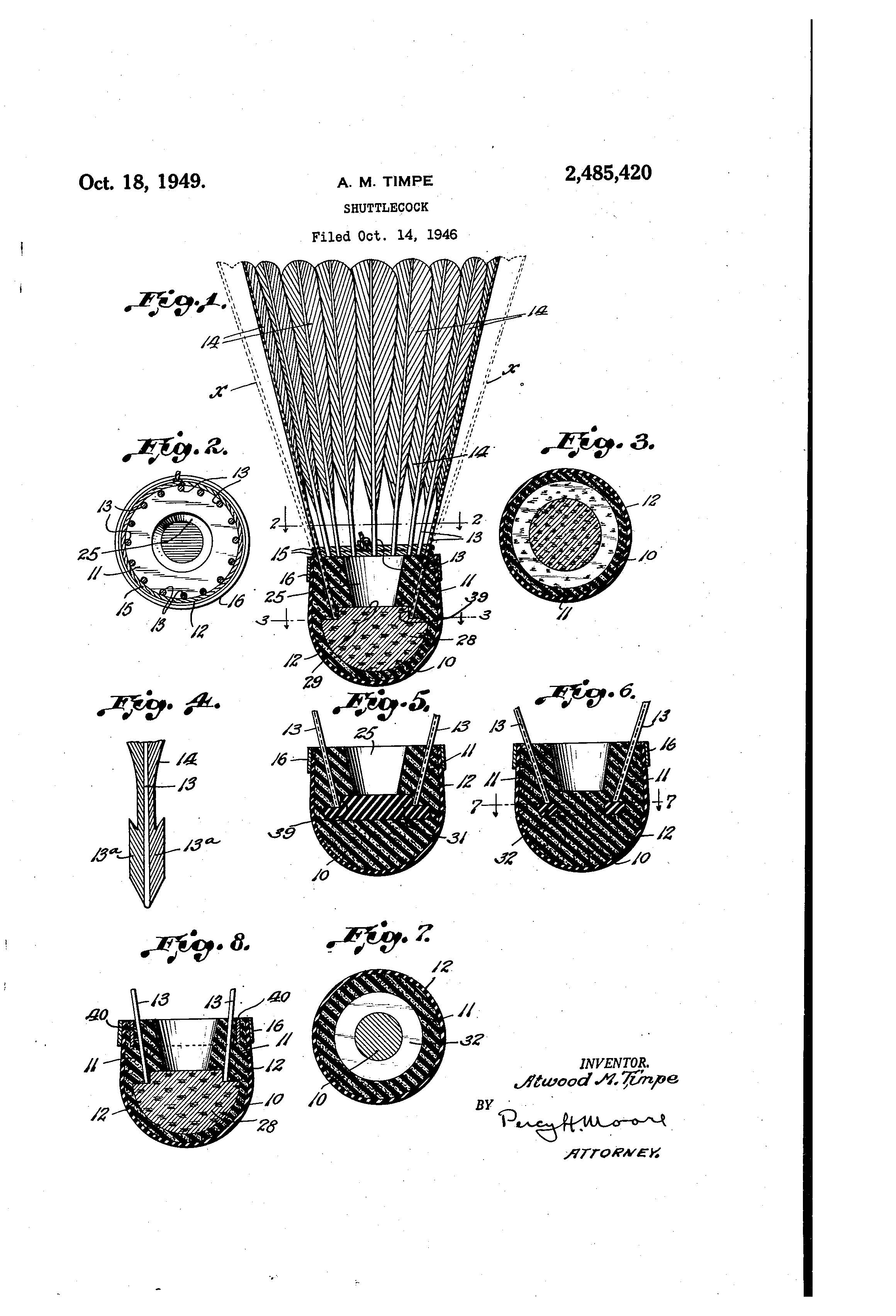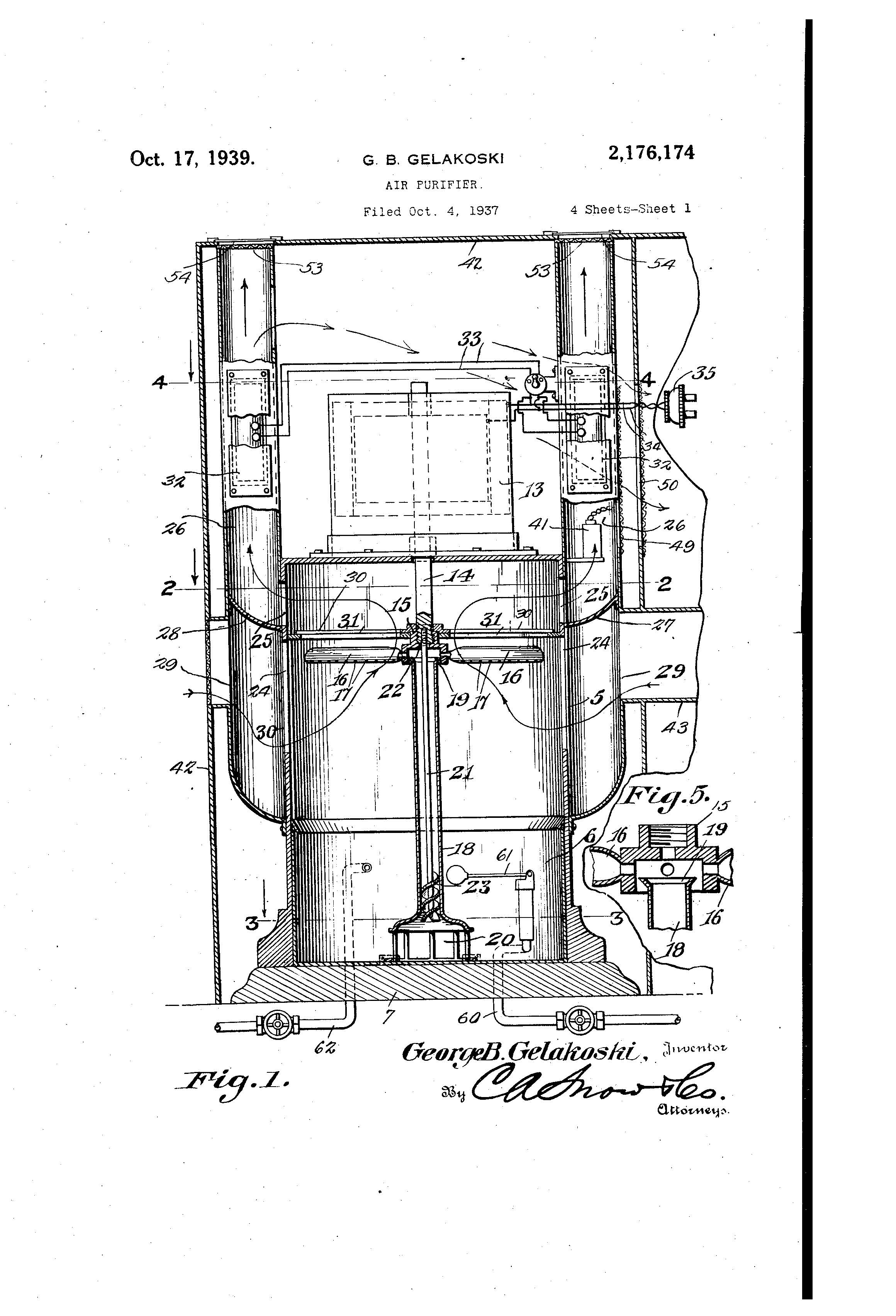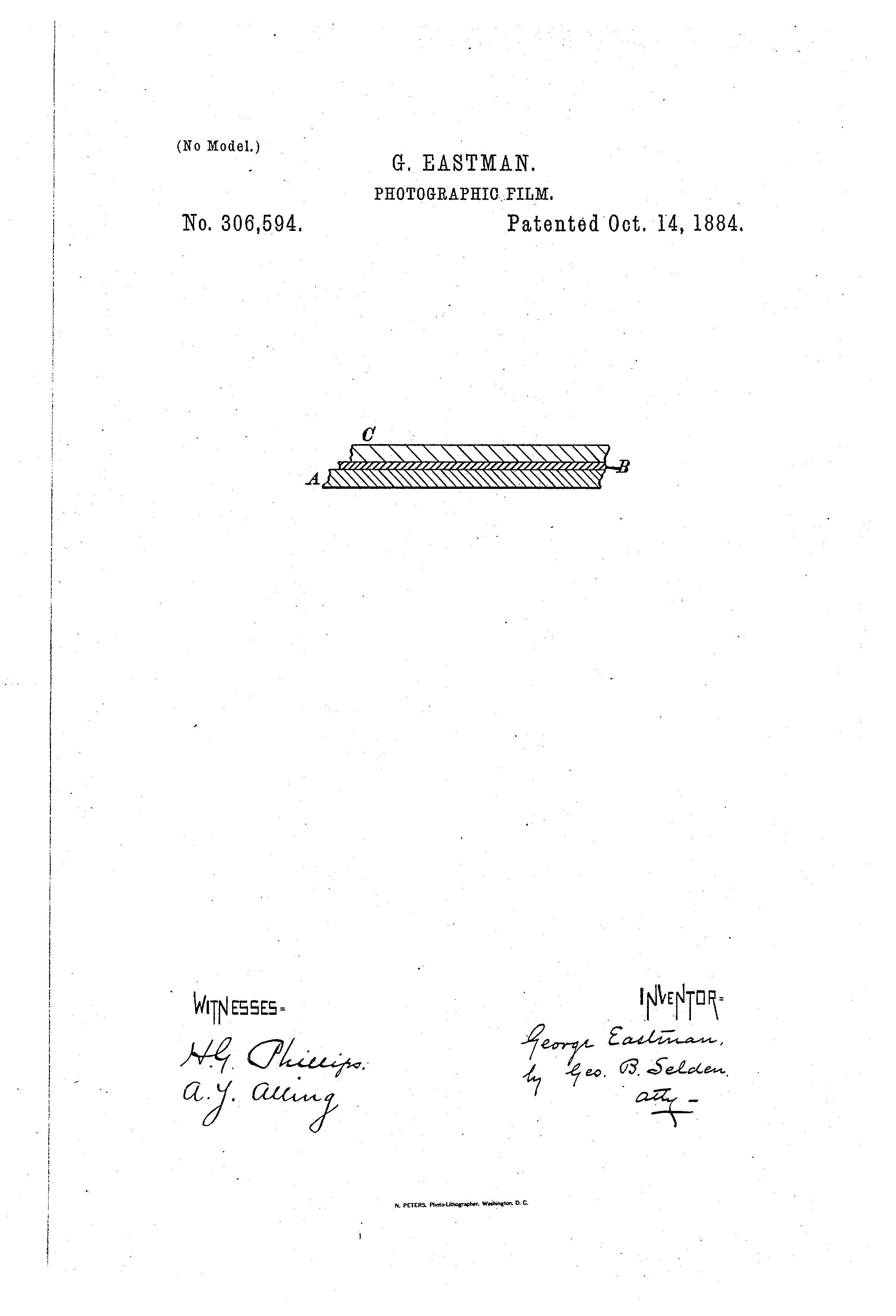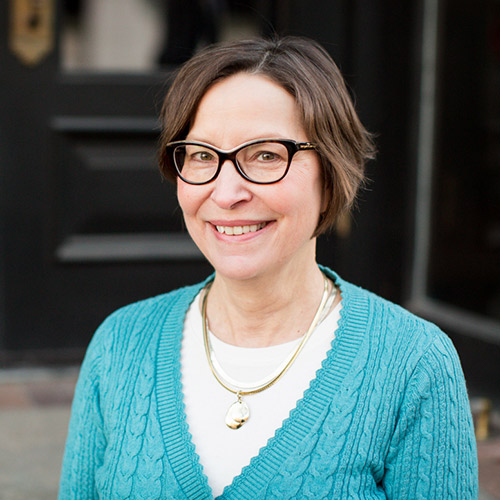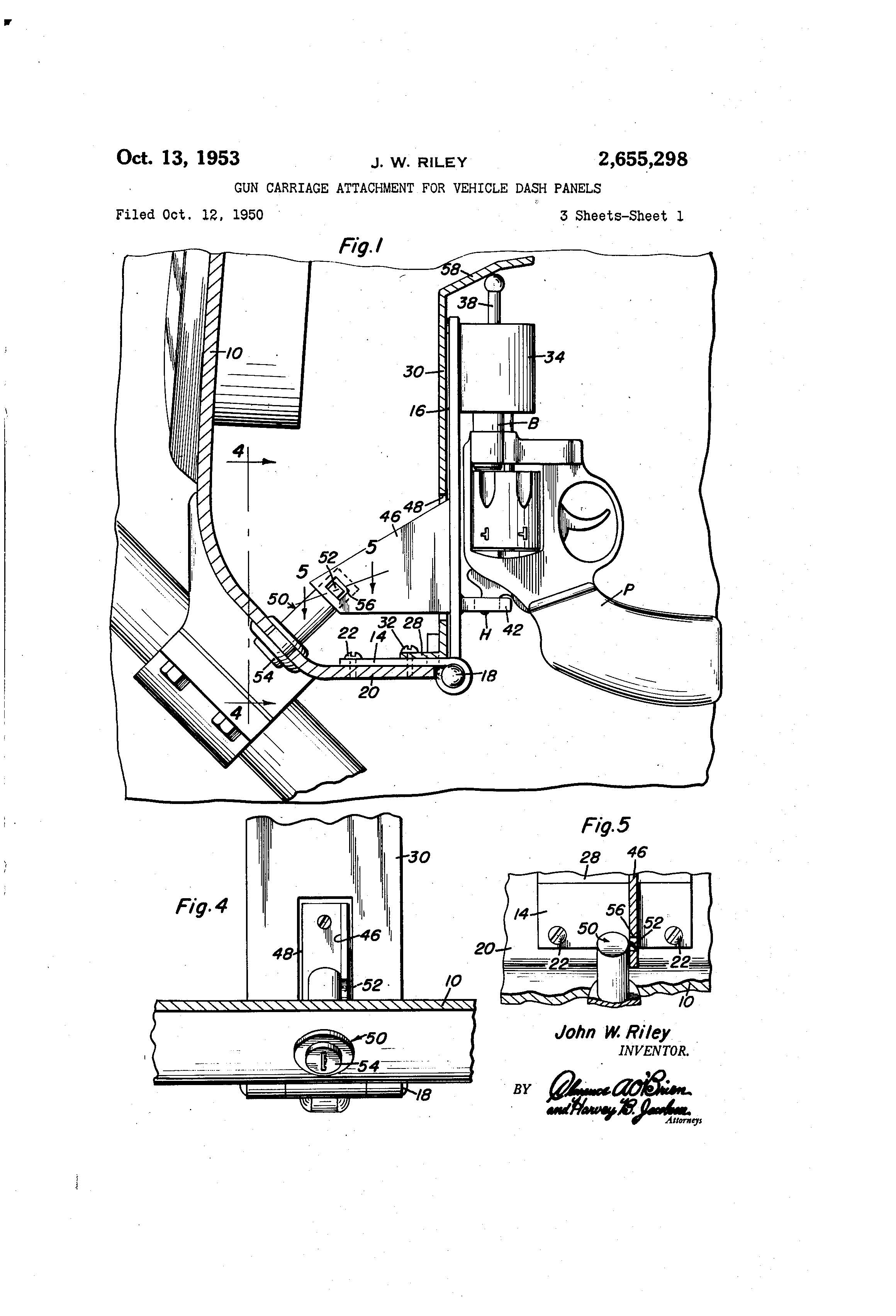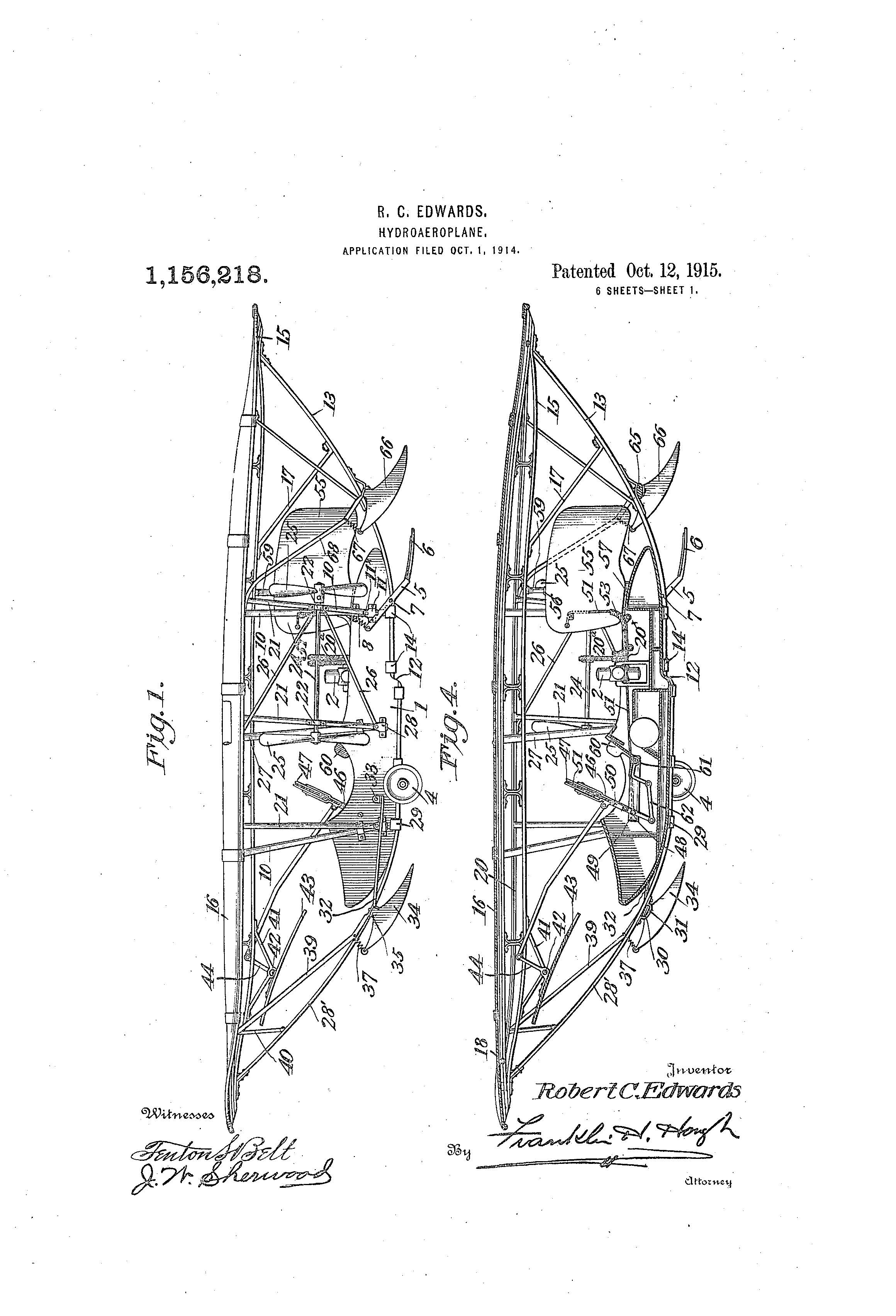Beatles Concert at Shea Stadium in the Copyright Spotlight

Subafilms Limited and Apple Corps Ltd., the London based company owned by Paul McCartney, Ringo Starr, Yoko Ono, and the estate of George Harrison, was sued September 12, 2016, for copyright infringement on use of footage from the 1965 Beatles’ concert at Shea Stadium.
This lawsuit arose from a Ron Howard-directed documentary, Eight Days a Week – The Touring Years, where Beatles’ fans will be able to see remastered footage of the band playing concerts, including the famous concert performed at Shea Stadium.
Sid Bernstein, known as the “The Man Who Brought the Beatles to America,” passed away in 2013; Sid Bernstein Presents, LLC (SBP) is the assignee of the late producer’s intellectual property rights and is the company representing him in this case. The lawsuit alleges that Bernstein was the sole owner of the master tapes as he was the producer of the event and employer for hire of the Beatles. "Without Sid, the mastermind of the event, this film would never have been made," the Plaintiff stated. "The Bernstein Family is guided by their father’s spirit of peace and humanity. However, they are also guided by principle and look forward to having an opportunity to present their case in court." The lawsuit has asked for an injunction to prevent the footage from being viewed, distributed or reproduced but did not request a preliminary injunction which allowed the film to still be shown in theaters.
Prior to the 1965 concert, Sid Bernstein presented Brian Epstein, the Beatles manager, and Ed Sullivan Productions, the company who filmed the concert, with a contract that provided Epstein’s company, Nems Enterprises, Ltd. (Nems), the rights to film and record the performances of the Beatles and the supporting acts. Although SBP admits to this deal, they deny the legality of the copyright and allege the master tapes were used without consent by Nems and Sullivan Productions in a 1967, production of “The Beatles at Shea Stadium” and in a 1995 television broadcast of “The Beatles Anthology”, and that sole ownership of the footage belonged to Bernstein. Records from the United States Copyright Office indicate that Nems acquired all right, title and interest, including copyright in the movie pursuant to an agreement made between Nems and Sullivan Productions, but not with Sid Bernstein.
In July of 2016, SBP submitted an application to the United States Copyright Office to register its ownership of copyrights in the master tapes of the Shea Stadium performance. The application was rejected because SBP was not in possession of the master tapes and the Copyright Office cannot accept a copy of the “infringing” work as deposit material.
The lawsuit stated "[b]y reason of being the producer of and having made creative contributions to the 1965 Shea Stadium performance, as well as being the employer for hire of the Beatles and the opening acts, who performed at his instance and expense, Sid Bernstein was the dominant, and hence sole, author of the copyrightable work embodied in the Master Tapes, and the sole owner of all exclusive rights therein."
Apple Corps’ lawyer Paul Licalsi said “[T]he suit is entirely frivolous and that Bernstein’s agreement with the Beatles at the time explicitly barred him from any filming rights and a copy of the deal will prove it.”
The case is Sid Bernstein Presents LLC v. Apple Corps Ltd., 1:16-cv-07084, U.S. District Court for Southern District of New York (Manhattan).
Patent of the Day: Apparatus for Purifying Crude Oils
On this day in 1959 Jim Bailey was granted the patent for APPARATUS FOR PURIFYING CRUDE OILS. U.S. Patent No. 2,909,262.
This invention relates to a device for treating petroleum, and it particularly relates to a portable device for separating the crude petroleum oil from water and other impurities found in the oil when it is delivered from the well, which device may be mounted on a truck or vehicle so as to be readily transported to any desired site for temporary use.
The principle of this invention lies in the fact that when petroleum oil is subjected to a predetermined amount of heating, its viscosity, and consequently its density, is decreased to the point where it is less than that of water. The oil then tends to ?oat on the surface of the water. ‘The impurities, in the form of sediment, gravel and the like sinks down into the bottom of the water. The water and its entrained impurities are then drained off in the manner common to those skilled in the art, leaving the relatively pure crude oil. This oil may then be removed and processed in the ordinary manner.
Although the general principle described above is, it self, well known, and although various attempts have been made to use it in the processing of petroleum, all these prior efforts resulted in devices which were either so complex and unwieldly as to be commercially unsuccessful or were too inefficient for their purposes.
It is, therefore, one object of the present invention to provide a device for separating petroleum oil from water and other impurities which is simple in construction and easy to handle, and which may be readily transported as by being permanently mounted on a vehicle, for use where desired.

 Another object of the present invention is to provide a device for separating petroleum oil from water and other impurities which is easily adaptable to small operations. Other objects of the present invention are to provide an improved separating device, of the character described, that is easily and economically produced, which is sturdy in construction, and which is highly efficient in operation.
Another object of the present invention is to provide a device for separating petroleum oil from water and other impurities which is easily adaptable to small operations. Other objects of the present invention are to provide an improved separating device, of the character described, that is easily and economically produced, which is sturdy in construction, and which is highly efficient in operation.
USPTO Proposes Rule to Extend Privilege to Patent Agents

The United States Patent and Trademark Office (USPTO) proposed a rule that would amend the rules of practice before the Patent Trial and Appeal Board (PTAB). This rule would recognize that communication, during discovery proceedings before the USPTO, between clients and patent agents and/or foreign associates will hold the same privilege as clients and United States attorneys.
The proposed rule would apply to inter partes review (IPR), post grant review, the transitional program for covered business method patents, and derivation proceedings. The rule would also provide clarification as to the protection afforded to such communications. As it currently stands, this is not addressed in the rules governing the PTAB proceedings at the USPTO. This new rule will not affect the duty of disclosure, candor, and good faith before the USPTO [R-08.2012] under rule 37 CFR 1.56.
Currently a patent agent’s scope-of practice is defined as follows under 37 C.F.R. § 11.5(b)(1):
Practice before the Office in patent matters includes, but is not limited to, preparing and prosecuting any patent application, consulting with or giving advice to a client in contemplation of filing a patent application or other document with the Office, drafting the specification or claims of a patent application; drafting an amendment or reply to a communication from the Office that may require written argument to establish the patentability of a claimed invention; drafting a reply to a communication from the Office regarding a patent application; and drafting a communication for a public use, interference, reexamination proceeding, petition, appeal to or any other proceeding before the Patent Trial and Appeal Board, or other proceeding.
With the above description in mind, there have been many cases on patent agent’s work and communication privilege. In Sperry v. State of Fla. ex. rel. Fla. Bar, 373 U.S. 379, 381 (1963), the Supreme Court, in its analysis, recognized that a patent agent’s work “constitutes the practice of law”. The Court explained that the work involved in preparation and prosecution of patent applications requires an agent to advise clients on patentability of inventions under applicable statutory criteria but the Court did not specify if communication between agents and clients is privileged.
With the Supreme Court’s lack of clarification on privileged communication, the Federal District Courts were split when making decisions on cases that followed. For example, in In re Rivastigmine Patent Litigation, 237 F.R.D. 69, 102 (S.D.N.Y. 2006), the Court declined to extend attorney-client privilege to agents because they held that Sperry never intended for agents and attorneys to be treated as equals.
On the other hand, in In re Ampicillin Antitrust Litigation, supra, the Court had a different interpretation of the Sperry ruling. They found that a client’s choice to select an attorney or an agent would “be substantially impaired if as basic a protection as the attorney-client privilege were afforded to communications involving patent attorneys but not to those involving patent agents.”
In a recent case, In re Queen’s University at Kingston, the Federal Circuit Court resolved the District Court’s inability to decipher the Supreme Court’s opinion and created a limited privilege. They looked at multiple cases and found that since patent agents engage in activities constituting the practice of law this distinguishes their communication privilege, “To the extent, therefore, that the traditional attorney- client privilege is justified based on the need for candor between a client and his or her legal professional in relation to the prosecution of a patent, that justification would seem to apply with equal force to patent agents.” The Court also examined the Sperry case and found that because Congress allowed patent agents to “engage in the practice of law before the Patent Office, reason and experience compel [it] to recognize a patent-agent privilege that is coextensive with the rights granted to patent agents by Congress.” The court further explained privilege is necessary to maintain a client’s reasonable expectation that communication with the agent will be privileged while they prepare and prosecute the patent application.
If this new proposed rule is approved, it would clarify communication and privilege between patent agents and their clients.
Patent of the Day: Glass Slipper
On this day in 1886 Henry J. Smith was granted the patent for GLASS SLIPPER. U.S. Patent No. 351,216.
This invention relates to the manufacture of ornamental glass slippers, and the purpose thereof is to improve and simplify the method of forming the same, as fully hereinafter set forth, the invention consisting in the novel method of manipulating and forming glass slippers or other similar articles.

Patent of the Day: Shuttlecock
On this day in 1949 Atwood M. Timpé was granted the patent for SHUTTLECOCK. U.S. Patent No. 2,485,420.
This invention relates to a shuttlecock generally termed a bird and used in the games of badminton, battledore, shuttlecock and the like, wherein the so-called bird is struck by rackets manipulated by the contending players of the game.
The present invention constitutes an improvement over the prior Patent No. 2,217,032, dated October 8, 1940, wherein it is disclosed a form of shuttlecock the cup-shaped base or body of which is composed of sponge rubber. However, while the prior invention possessed many advantages it was found that due to the extreme flexibility of the base, it allowed the cone, which consists of feathers, to open up to such a degree, when the bird is hit with a hard smash for what is known as a finish shot, that the bird is caused to slow up at the end of its flight thus giving an opponent too much time to retrieve the-bird before it hit the floor.
One of the principal objects of the present invention'is to overcome the foregoing objection without losing any of the advantages obtained from the use of a sponge rubber base.

Patent of the Day: Air Purifier
On this day in 1939 George Bernhardt Gelakoski was granted the patent for AIR PURIFIER. U.S. Patent No. 2,176,174.
An important object of the invention is to provide a device of this character having means to draw the air to be treated into the body portion of the device, where the air is treated and exhausted from the device. in a purified or chemically treated condition.
Another object of the invention is to provide means for drawing liquid contained in a tank at the base of the body portion of the device where it is broken into a fine spray, the air passing through the device also passing through the fine spray where it is treated in a manner as described.
A still further object of the invention is to provide a device of this character wherein the operation thereof may be reversed so that the device may be positioned adjacent to the ceiling of a mine to treat the gas which usually collects at the ceiling of the mine.




Patent of the Day: Photographic Film
On this day in 1884 George Eastman was granted the patent for PHOTOGRAPHIC FILM. U.S. Patent No. 306,594.
This invention relates to an improvement in photographic films having for their object the production for the market of sensitized films, which are capable of being used in making positives and negatives in place of the sheets of glass coated with emulsion, now known in the trade as “dry-plates,” and to this end this invention consists in the new article of manufacture formed by improved sensitized films, and in the process or mode of manufacture.

Invitation to Rome
Our Patrice Sokolowski is a long-time member of the St. Cecilia Cathedral Choir in Omaha. The Cathedral Choir has been invited as one of the few choirs in the United States to join the Sistine Chapel Choir in singing at a special mass, at the Vatican in Rome, with Pope Francis, to close the Jubilee Year of Mercy.
Upon arrival in Rome, the Cathedral Choir will sing a mass in St. Peter’s Basilica and the following day, attend the weekly General Audience with Pope Francis. The St. Cecilia Cathedral Choir will sing Vespers and a special program at St. Cecilia Basilica in Trastevere honoring St. Cecilia, the patron saint of the Archdiocese of Omaha and musicians. Additionally, the Choir will present a concert at the church, St. Paul Inside the Walls. The trip will culminate with the Pontifical Mass on November 20th.
This is a great honor and we wish the St. Cecilia Cathedral Choir and all those participating safe travels and a blessed trip.
Patent of the Day: Gun Carriage Attachment for Vehicle Dash Panels
On this day in 1953 John W. Riley was granted the patent for GUN CARRIAGE ATTACHMENT FOR VEHICLE DASH PANEL. U.S. Patent No. 2,655,298.
This invention relates to new and useful improvements in gun carriages and the primary object of the present invention is to provide an attachment for vehicle dash panels for supporting a pistol concealed behind a dash panel and which is readily actuated to expose the pistol supported thereby.
Another important object of the present invention is to provide a gun carriage including a vertically swingable pistol support or holder that is quickly and readily mounted on a dash panel and a key operated locking mechanism mounted on the dash panel and engaging the support to lock the support raised behind the dash panel.
A further object of the present invention is to provide a gun carriage attachment for dash panels of vehicles that is quickly and readily applied to or removed from a dash panel in a convenient manner and which is so constructed as to receive various types of revolvers or pistols and permit rapid removal of a gun therefrom.
A still further aim of the present invention is to provide a gun carriage attachment for vehicle panels that is simple and practical in construction, strong and reliable in use, small and compact in structure, inexpensive to manufacture and install, and otherwise well adapted for the purposes for which the same is intended.



Patent of the Day: Hydroaeroplane
On this day in 1915 Robert C. Edwards was granted the patent for HYDROAEROPLANE. U.S. Patent No. 1,156,218.
This invention relates to new and useful improvements in flying boats or hydroaeroplanes and comprises an apparatus of this nature having various details of construction, combinations and arrangements of parts.






Office Hours November 17 at the The Startup Collaborative
Suiter Swantz IP will be holding office hours November 17th at The Startup Collaborative, located in the Exchange Building in downtown Omaha.
Matt Poulsen will be there from 1:00 - 4:00 pm. Feel free to send Matt an email (map@suiter.com) if you’d like to reserve a time slot or have any questions. In addition, meeting times can always be made on an as-needed basis.
Suiter Swantz IP
402-496-0300
www.suiter.com
Nick Grennan to Speak at November 16 Webinar Related to Wearable Technology
In a webinar hosted by The Knowledge Group our own Nick Grennan will discuss The Brave New World of Wearable Technology: How to Protect Your IP and Minimize Infringement Risks Wednesday, November 16, from 12:00-2:00 (EST).
We have a limited number of free registrations available to those attorneys interested in attending. Note: CLE/CPE/CE credit requires a minimal Certificate of Attendance processing fee of $49 per participant if credit is needed to apply to the bar. For more information or to get a ticket please contact info@suiter.com.

